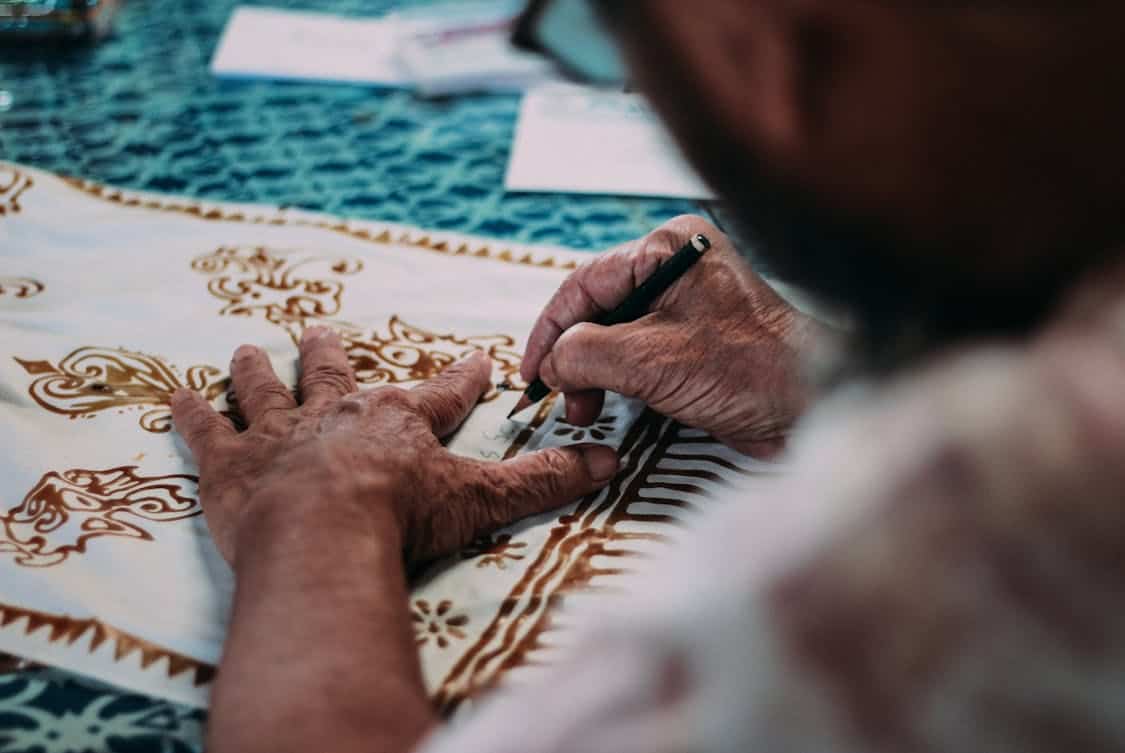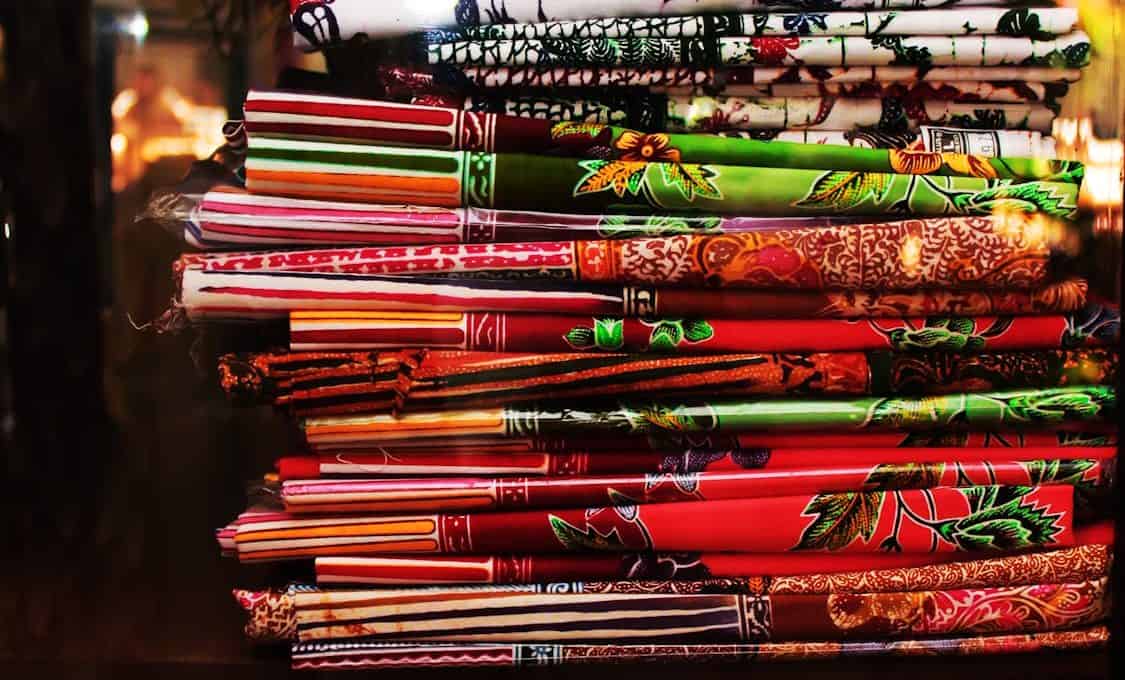Batik, a traditional fabric known for its intricate patterns and vibrant colors, has captured the attention of fashion enthusiasts around the globe.
But does this unique textile hold its own in the boardrooms and conference halls? The appropriateness of batik for business events is a nuanced topic that intertwines cultural respect, professional norms, and personal expression.
Understanding Batik’s Origins
Batik originates from Indonesia and is deeply embedded in its culture. This fabric employs a wax-resist dyeing technique, where designs are hand-drawn with wax before dyeing.
The art of batik is not just about aesthetics; it carries historical significance and reflects the identity of the communities that create it. Understanding its cultural heritage is crucial when considering batik in a business context.
Batik is often associated with celebrations and important events in Indonesia, and the context of its use can shape perceptions. For instance, wearing batik at a formal event may signal respect for local traditions, especially in Southeast Asia.
Thus, recognizing its roots helps gauge its appropriateness in various business settings.
Cultural Sensitivity and Context
When contemplating batik for a business event, context is key. In regions where batik is a cultural staple, wearing it may be seen as a gesture of solidarity and respect.
Conversely, in more conservative or formal business environments, it might be perceived as too casual or unconventional.
It’s essential to assess the cultural dynamics of the audience and the event. For instance, if the gathering involves local stakeholders or partners from regions where batik holds significant meaning, it can create a sense of camaraderie.
In contrast, in a more global or corporate context, a traditional suit might align better with the expectations of professionalism.
Dress Codes and Expectations
Different business events come with varying expectations regarding dress codes. For formal occasions, such as board meetings or high-stakes negotiations, traditional business attire is typically favored.
Batik can be suitable in more relaxed settings, such as company retreats or networking events where personal expression is welcomed.
In some businesses, especially in creative industries, batik could even add flair and individuality to an outfit. However, it’s wise to gauge the environment beforehand.
Adhering to the established dress code can demonstrate awareness and professionalism, while veering off course might raise eyebrows.
Versatility of Batik
Batik is not limited to just one style or color. Its versatility allows for numerous interpretations, from vibrant patterns that make a statement to more subdued designs that can blend seamlessly into a professional wardrobe.
Fabrics can be tailored into various business attire, including blouses, shirts, and even tailored suits.
Because batik garments can be worn for formal or casual occasions, they offer flexibility for professionals navigating diverse dress codes.
For example, a batik shirt under a blazer can strike a perfect balance between professional and creative. This adaptability makes batik a strong candidate for those looking to infuse their wardrobe with cultural elements while still adhering to business norms.
The Power of Personal Expression

In an age where personal branding is paramount, batik can serve as a unique form of expression. Wearing distinctive fabrics can convey individuality and cultural pride, setting one apart in a sea of conventional attire.
This aspect can be particularly appealing in industries that value creativity and authenticity.
However, personal expression must be balanced with professionalism. A bold batik pattern might be eye-catching, but it could also distract from the primary business objectives.
When choosing batik for a business event, striking that balance is essential.
Color Psychology in Business
Colors play a significant role in how individuals perceive and react to attire. In business, certain colors are often associated with specific traits. For instance, blue often conveys trust, while red can signify passion.
Batik can incorporate various colors, allowing for a tailored approach based on the desired impression.
Opting for earthy tones or soft pastels in batik can create a more professional look, while brighter colors might inject energy into a room.
Understanding the psychology behind color choices can aid in making a strategic decision about selecting batik for a business event.
Regional Variations and Trends
Given batik’s wide-ranging styles and interpretations across different regions, understanding these variations can inform your choice. For instance, Javanese batik often features intricate designs, while Balinese batik may lean towards simpler patterns.
Each style carries its own connotations and meanings, making knowledge of regional trends beneficial.
Staying attuned to current trends can also affect how batik is perceived at business events. Designers continuously innovate within traditional frameworks, leading to contemporary interpretations that may align better with modern business aesthetics.
Business Networking and Cultural Exchange
Networking events present an ideal opportunity to wear batik. These settings encourage personal connections and cultural exchanges, making batik an excellent conversation starter.
Wearing this fabric can prompt discussions about its origins and significance, fostering connections based on shared interests or cultural backgrounds.
Engaging in cultural dialogue can enhance relationship-building in business. It demonstrates an openness to diversity and a willingness to embrace different perspectives, which can be particularly attractive in international business settings.
Practical Considerations
When considering batik for a business event, practicality should not be overlooked. The fabric’s comfort and breathability can be a plus, especially in warmer climates.
However, ensure that the piece being worn is tailored appropriately; ill-fitting clothing can undermine an otherwise polished look.
Also, consider the maintenance of batik garments. Some may require special care to preserve their vibrant colors and patterns.
Knowing how to properly care for and maintain batik can extend the life of these unique pieces in your wardrobe.
Balancing Tradition and Modernity
Incorporating batik into your business wardrobe can evoke a blend of tradition and modernity. As businesses strive for innovation, respecting traditional textiles can also reflect a commitment to heritage.
This balance can resonate well with stakeholders who value both progress and tradition.
Modern interpretations of batik, such as those seen in the work of contemporary designers, can bridge this gap effectively. Wearing pieces that reflect this balance can showcase a forward-thinking mindset while honoring cultural roots.





